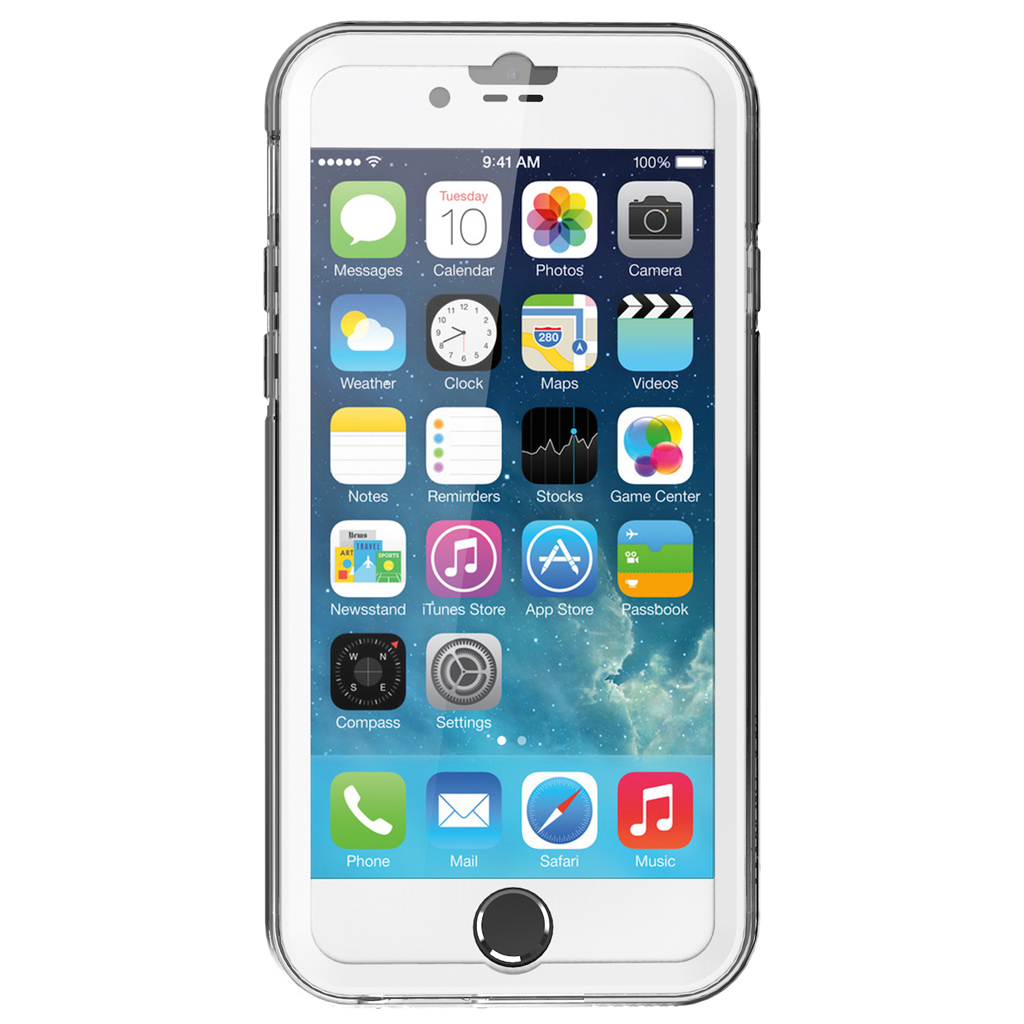Last updated on October 21st, 2025 at 06:46 pm

Communication AIDS
Many children with genetic disorders do not have the power of speech or have limited vocabulary because of physical or mental disabilities, or both.
This does not have to stop them communicating. In many cases a child’s power of understanding and a need to express themselves is still there.
This is where sign language and communication aids come in. In this section we will discuss the latter.
In the special educational needs world communication aids are referred to by the not-very-catchy title: ‘augmentation and alternative communication’ (AACs).
So if a speech therapist starts discussing AACs this is what she means.
Communication aids vary in sophistication from a simple picture of an object to eye recognition technology.
Think of Professor Stephen Hawking writing his world-changing books
with a simple piece of tech that allowed him to choose a single letter
at a time at a painstaking four words a minute.
His robotic synthesised voice comes from software developed from old
telephone answering machine technology. AACs have come on so much since
then he could have a more ‘human’ sound but chooses to stick with the
one which has become internationally recognised.
When choosing an AAC factors such as seating, mobility, educational needs, levels of understanding and motivation should be taken into account before deciding on expensive equipment funded either by you or your local authority.
Schools, speech therapists, occupational therapists, physios and possibly pre-school portage teachers could have useful input into which device best suits your child.
Here are the main categories of communication aids

Picture Exchange System (PECS)
This was developed in the 1980s to teach basic functional communication inexpensively. Internationally-recognised symbols are used to indicate words
These can be used in a simple communication book or a computer-based keyboard. Symbols might just be handed to a child or stuck to the object they symbolise.
PECS can also be used to build sentences.

Communication boards, charts and books
You can buy kits to make a communication book or you can0 make your own very simple version by placing pictures or PEC symbols of recognisable people, places, objects and favourite activities into a simple ring bind with transparent leaves.
You can buy kits to make a communication book or you can make your own very simple version by placing pictures or PEC symbols of recognisable people, places, objects and favourite activities into a simple ring bind with transparent leaves. If the child can point, they can choose pictures. Or you could point for them.
These are portable, inexpensive and can be updated easily.

If you have a tablet or smartphone several apps have been developed which work in a similar way. The iComm app is a virtual version of the communications book. It was developed by the father of a child with cerebral palsy. This is free in its basic form but can be upgraded.

Eye pointer boards and Eyegaze technology
These are transparent boards on to which are placed symbols which can be seen from both sides of the board.
When two people sit or stand either side of the board a follow the direction of each others they can follow which symbols are being looked at and a message is built up.
Here is an example: http://www.livingmadeeasy.org.uk/children/eye-pointer-boards-1409-p/
A more expensive and sophisticated version of the boards is the keyboard-based eye gaze technology. Here the user can focus on specific letters of a keyboard to write a message that might then be read out by the computer – https://eyegaze.com/

Voice output communication aids
Here electronic speech is stored in a device as a means of communication These range from simple single-message devices which use recorded speech to complex computers which store many messages.
Voice output scanning devices work similarly to a mouse with computer. A child who has problems pressing buttons can use a ‘switch’ – a large button – to scan symbols and letters and choose the relevant ones. These systems tend to be expensive – over £1,000.
If a child has good motor skills they might prefer a voice output communication aid with a keyboard. These don’t rely on pre-recorded messages and have the advantage of reading out anything that is typed. These vary in price from £20 to £4,000.
Apps such as Look2Learn include symbols that can be selected with voice output for IOS devices such as an iPad or iPhone. Look2Learn costs £11.





